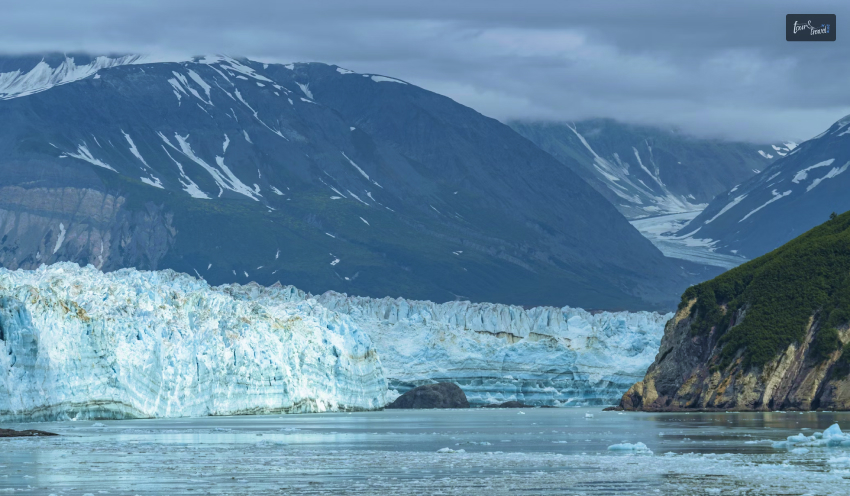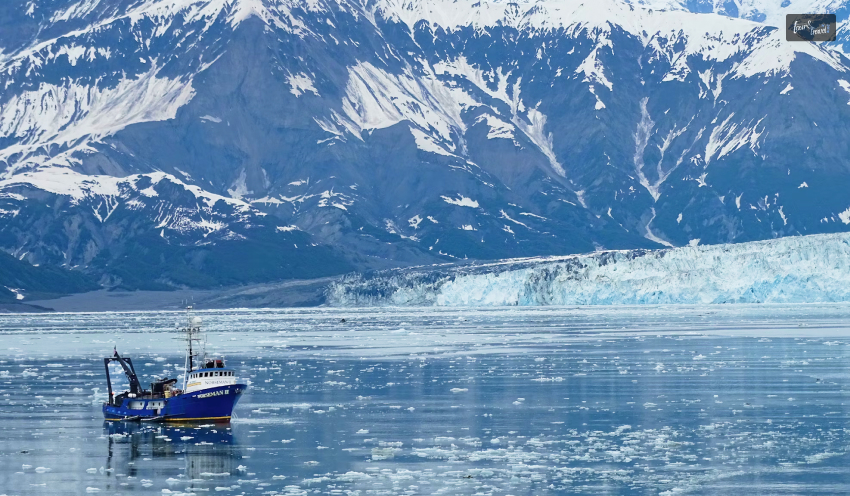6 Reasons Parents Should Explore The World With Their Kids
BY Ankita Jan 5, 2024
For parents, the opportunity to explore the world with their children is invaluable. Not only does it open the door to new experiences for the kids, but it also offers a chance for the family to grow closer together. Family-friendly destinations like Pigeon Forge, TN, are perfect examples of places that cater to the interests and needs of both children and adults. These locations provide a diverse range of activities and experiences that can enrich a family vacation, making every moment memorable. In this article, we will delve into six reasons why parents should consider traveling the world with their kids. Diverse Experiences When speaking of diverse experiences, Pigeon Forge is definitely going to top the list. Pigeon Forge, TN, is home to The Island, an entertainment complex that epitomizes the kind of diverse experience ideal for family travel. This location is more than an entertainment center; it's the ultimate attraction offering fun and learning. With an array of shops, restaurants, and attractions like The Great Smoky Mountain Wheel, The Island offers something for everyone in the family. The variety of experiences available at The Island means that parents and children can enjoy a range of activities together. From exploring unique shops to dining at family-friendly restaurants, and from enjoying the spectacular views from the Great Smoky Mountain Wheel to staying at the on-site hotel, the experiences are tailored to create lasting memories. The Island’s mix of attractions ensures that every family member’s interests are catered to, making it an enjoyable part of any visit to Pigeon Forge. Such destinations showcase how travel can be both entertaining and educational for children as they learn through engaging and interactive experiences. Given the popularity of family-friendly attractions like The Island Pigeon Forge sees an influx of vacationers every year. Educational Opportunities Traveling provides children with invaluable educational opportunities that extend far beyond the classroom. As families explore new places, children are exposed to different cultures, languages, and historical contexts. This exposure is not only educational but also eye-opening, providing real-life context to lessons learned in school. For instance, visiting historical sites offers a tangible connection to history, making it more relatable and interesting for kids. Encountering different cultures fosters a sense of global awareness and understanding, teaching children about diversity and tolerance. Participating in language exchanges or trying new foods can also be fun, interactive ways to learn. These experiences contribute to a well-rounded education, where children learn about the world in an immersive and interactive way. Building Stronger Family Bonds Traveling together as a family is an excellent way to strengthen family bonds. Shared experiences, whether the excitement of exploring new destinations or overcoming the challenges of travel, bring families closer together. These shared memories become a foundation for stronger relationships. Activities that encourage teamwork, like hiking or navigating a new city, enhance family bonds. Children and parents learn to rely on and support each other in different situations. Involving children in travel planning also increases their sense of involvement and investment in the trip. They feel valued and heard, which is important for their self-esteem and the overall family dynamic. Family vacations are not only fun; they are an opportunity for deeper connection and understanding among family members. Developing Adaptability And Resilience In Kids Traveling is an excellent way for children to develop adaptability and resilience. When families explore new environments, children learn to adapt to different situations, whether it's navigating a new city, trying unfamiliar foods, or interacting with people from diverse backgrounds. These experiences teach kids flexibility and problem-solving skills as they learn to handle unexpected challenges and changes in plans. The ability to adapt and bounce back from difficult situations is a crucial life skill. Travel exposes children to minor setbacks or changes, like delayed flights or weather changes, in a safe and controlled environment. Handling these situations helps children build resilience, equipping them with the ability to cope with bigger challenges in life. Moreover, overcoming these obstacles can boost their confidence and self-esteem, making them more willing to take on new challenges in the future. Encouraging Curiosity And Creativity Traveling with kids can significantly boost their curiosity and creativity. Being in a new place with different sights, sounds, and smells stimulates children’s senses and piques their curiosity. This natural curiosity can lead to a deeper interest in learning about the world around them. Different travel experiences, whether visiting museums or exploring natural landscapes, provide opportunities for creative thinking. Children are inspired to think outside the box and view the world from different perspectives. This exposure can lead to creative problem-solving and innovation. Additionally, these experiences can ignite a passion for new hobbies or interests, such as photography, art, or history, further enriching their lives. Promoting Physical Activity And Health Travel often involves a variety of physical activities that can be beneficial for both children and adults. Activities like hiking, swimming, or simply exploring a city on foot encourage physical movement, which is essential for maintaining good health. For children, engaging in physical activities while traveling can instill a lifelong appreciation for exercise and an active lifestyle. Outdoor activities, in particular, have numerous health benefits. They provide fresh air, help in vitamin D absorption, and reduce stress and anxiety. These activities also present an opportunity for families to spend quality time together, away from the distractions of technology and daily routines. Encouraging an active lifestyle through travel not only promotes physical health but also contributes to mental well-being. Conclusion It's time to explore the world with your kids, as it offers far more than just a break from the routine. It's an enriching experience that contributes significantly to their development and strengthens family bonds. From developing adaptability and resilience to fostering curiosity and creativity and promoting physical activity and health, the benefits of traveling with children are immense. These experiences not only create lasting memories but also lay a strong foundation for a well-rounded, healthy, and fulfilling life. As parents, taking the opportunity to travel with your kids is one of the greatest gifts you can give them – a world of learning, discovery, and togetherness. Read Also: 10 Best Things To Do In San Diego (USA) Cooking In Dublin: 7 Restaurants To Dine In With Your Family The Ultimate Guide To Travelling When You Have No Money Make Your Honeymoon A Truly Memorable Affair: Here’s How















